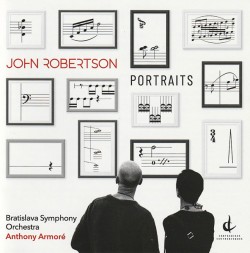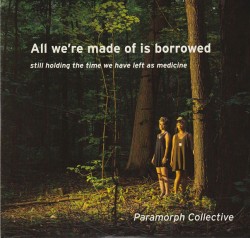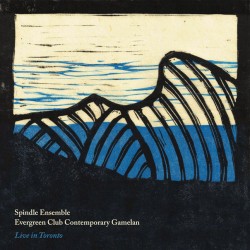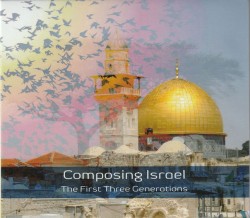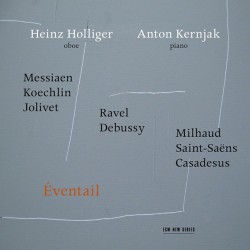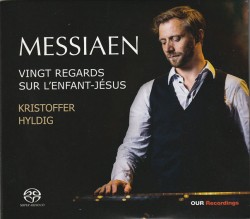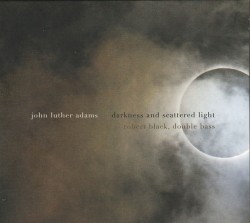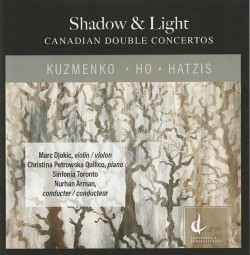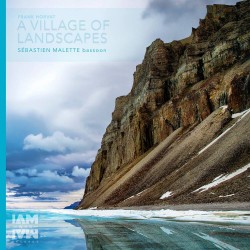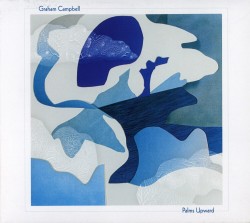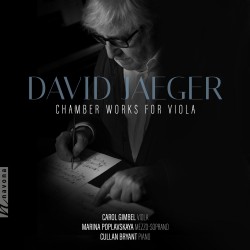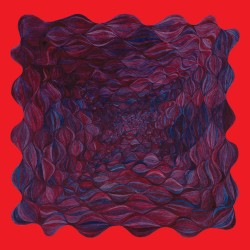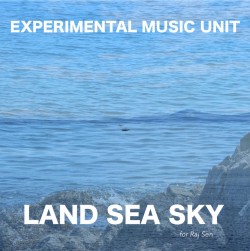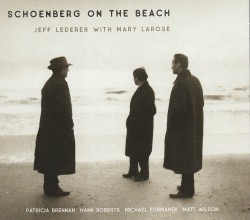 Schoenberg on the Beach
Schoenberg on the Beach
Jeff Lederer with Mary LaRose
Little i Music LIM CD 111 (littleimusic.com)
Balls of Simplicity – Jeff Lederer Notated Works 1979-2021
Morningside Tone Collective
Little i Music LIM CD 112 (littleimusic.com)
In 1909 the intrepid Arnold Schoenberg brought the hammer down on the Wagnerian concept of tonality, in favour of musical expression that abandoned tonal centres, key signatures and traditional application of harmony. He did so through a system in which all the notes of the chromatic scale were assigned equal importance. The result was music that sounded so radical to the ear that one critic went as far as describing the sound of Schoenberg’s music as if “someone had smeared the score of Tristan whilst the ink was still wet”.
In his closest approximation (in deferential homage really) of what might be Schoenbergian music – or rather how the composer might have responded to the more salubrious climate of his music today – Jeff Lederer gives us – what else? – Schoenberg on the Beach. Joined by his wife, the fearless, boundary-blurring vocalist Mary LaRose, Lederer combines the burnished sound of his clarinet and high-wire act on the flute, with LaRose’s often-dissonant vocal glissandi. Together Lederer and LaRose, and other instrumentalists, have deeply interiorized these works and offer wonderfully idiomatic performances, bringing to life Lieder by Schoenberg, Webern and others. With lyrics from Goethe, Rilke, Nietzsche, et al, highlighting the musically radical Second Viennese School, all of which feed Lederer’s and LaRose’s equally radical artistry. While Lederer’s arrangements and LaRose’s interpretations respectively, are likely to have as many naysayers and refusniks as Schoenberg’s Three Pieces for Piano Op. 11 had in its day, songs such as Blummengruss and Summer Evening do thrill.
Moreover, this repertoire is redolent with outstanding performances by vibraphonist Patricia Brennan, cellist Hank Roberts, bassist Michael Formanek, drummer Matt Wilsson and the redoubtable Marty Erlich on The Pale Flowers of Moonlight. All of this makes this disc unmissable.
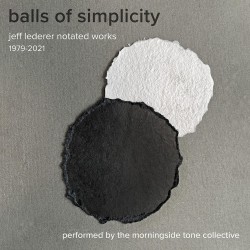 Lederer has not been well represented – or so it may seem – solely for his compositions. Balls of Simplicity – Jeff Lederer Notated Works (1979-2021) will certainly remedy that lapse. These five (extended) works for reeds, winds, strings and piano clearly trace the dominant pattern of Lederer’s career, from chromatic Romanticism through atonality to serialism. Persistence of Memory (2015) and the seductive Piano Piece (1979) lay the groundwork for Bodies of Water for flute, cello and piano (2020). The darkest work, Song for the Kallyuga for piano, clarinet, violin and cello (1984) which marks the chemical disaster at the Union Carbide plant in Bhopal, India, killing almost 4,000 and maiming half a million others, is quite the artistic apogee of this album.
Lederer has not been well represented – or so it may seem – solely for his compositions. Balls of Simplicity – Jeff Lederer Notated Works (1979-2021) will certainly remedy that lapse. These five (extended) works for reeds, winds, strings and piano clearly trace the dominant pattern of Lederer’s career, from chromatic Romanticism through atonality to serialism. Persistence of Memory (2015) and the seductive Piano Piece (1979) lay the groundwork for Bodies of Water for flute, cello and piano (2020). The darkest work, Song for the Kallyuga for piano, clarinet, violin and cello (1984) which marks the chemical disaster at the Union Carbide plant in Bhopal, India, killing almost 4,000 and maiming half a million others, is quite the artistic apogee of this album.
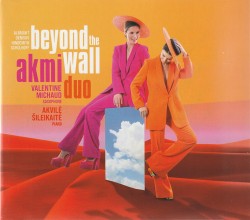 Beyond the Wall
Beyond the Wall



